Spud Papers – South African Republic
The only forgeries we have at present seen are the two middle values; but doubtless the penny and shilling are either prepared, or in process of fructification. As they will, in all probability, be from one matrix, it will not be difficult to detect them by our present tests. The genuine threepence is of a later, and different engraving to the other values.
Three Pence.
Genuine
Eagle is well defined, and looks towards the right. The wagon shafts touch the side of shield. The two ends and center of the mottoes riband almost touch the frame; and the lower spearheads quite do so. The inscription and figures are clear and perfect. The colour varies considerably, but has always a strong lilac tone.
Forged
Over the shield is a certain winged thing, the meaning of which may, after the manner of the Delphic oracle, be taken in two ways. If we regard it as an owl, then its head soars towards the left; but if we look upon it in the light of an eagle, we shall find that its beak points towards the right, and that it has a small ventilating tube at the back of its head. The engraver seems to have gone on the showman’s principle of ” you pays your money, and you takes your choice.”The armorial bushranger’s right leg is not so beautifully wooden as in the original, and looks far too natural. The shafts of wagon are immature, and do not touch the line of shield. The ends of the lettered riband do not come within some distance of the frame, and the points of the lowest spear-head at each side do not touch it. The figures in upper angles are badly shaped, and the same may be said of the lettering. The colour is a rich violet, or mauve, with a deep reddish tint.
Six Pence.
Genuine
A lamb-headed eagle, with outstretched pinions. Wagon as in the three penny; riband not so close to the frame, but nearer than in the imitation. Lower right-hand spear-head very nearly goes against the frame; and the dot after Z. same size as the one after AFR.
Forged
The description of the three Penny will apply to this. Both the counterfeits are obliterated by four straight lines struck in black; whereas, the originals are always postmarked with three concentric rings, or else with the date-stamp, sometimes in blue, but more often in black.
From “The Spud Papers” by Atless, Pemberton & Earée, 1871-1881.

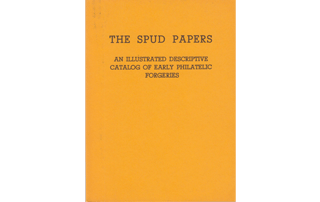
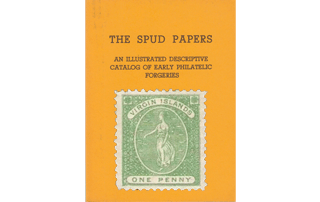
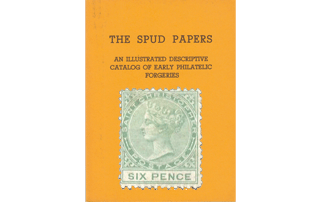
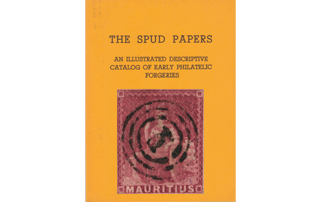
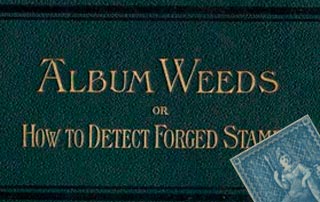
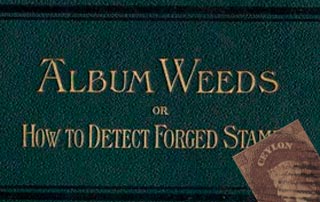
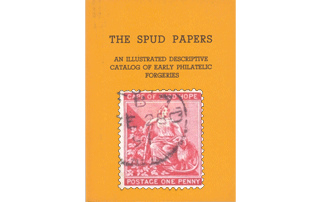
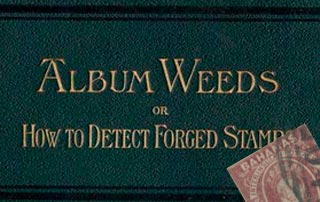
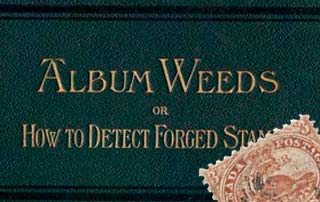
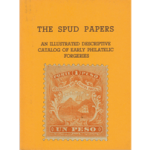
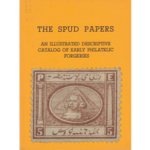
Leave a Reply
Want to join the discussion?Feel free to contribute!